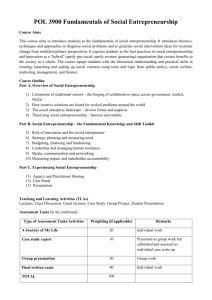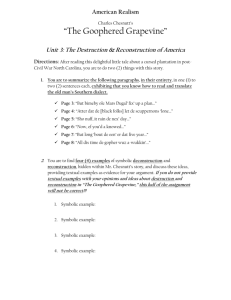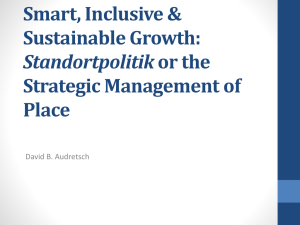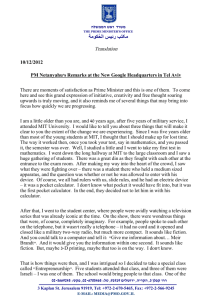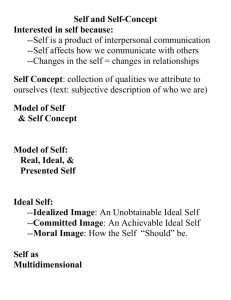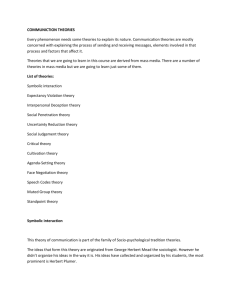File - Natima Walker
advertisement
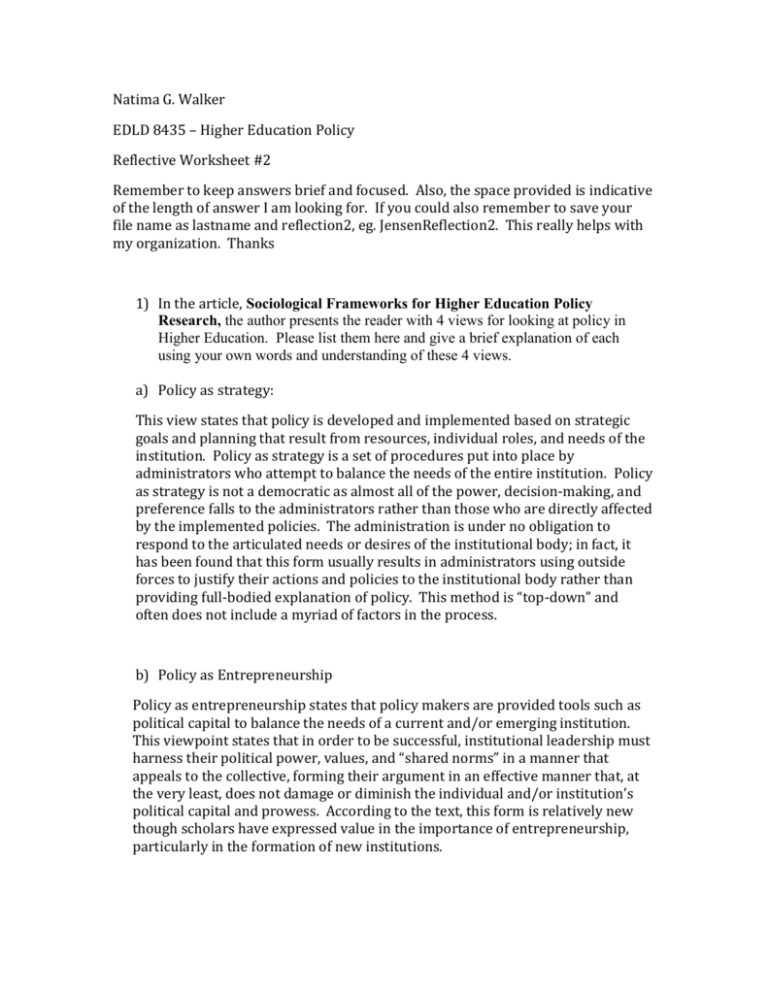
Natima G. Walker EDLD 8435 – Higher Education Policy Reflective Worksheet #2 Remember to keep answers brief and focused. Also, the space provided is indicative of the length of answer I am looking for. If you could also remember to save your file name as lastname and reflection2, eg. JensenReflection2. This really helps with my organization. Thanks 1) In the article, Sociological Frameworks for Higher Education Policy Research, the author presents the reader with 4 views for looking at policy in Higher Education. Please list them here and give a brief explanation of each using your own words and understanding of these 4 views. a) Policy as strategy: This view states that policy is developed and implemented based on strategic goals and planning that result from resources, individual roles, and needs of the institution. Policy as strategy is a set of procedures put into place by administrators who attempt to balance the needs of the entire institution. Policy as strategy is not a democratic as almost all of the power, decision-making, and preference falls to the administrators rather than those who are directly affected by the implemented policies. The administration is under no obligation to respond to the articulated needs or desires of the institutional body; in fact, it has been found that this form usually results in administrators using outside forces to justify their actions and policies to the institutional body rather than providing full-bodied explanation of policy. This method is “top-down” and often does not include a myriad of factors in the process. b) Policy as Entrepreneurship Policy as entrepreneurship states that policy makers are provided tools such as political capital to balance the needs of a current and/or emerging institution. This viewpoint states that in order to be successful, institutional leadership must harness their political power, values, and “shared norms” in a manner that appeals to the collective, forming their argument in an effective manner that, at the very least, does not damage or diminish the individual and/or institution’s political capital and prowess. According to the text, this form is relatively new though scholars have expressed value in the importance of entrepreneurship, particularly in the formation of new institutions. c) Policy as Symbolic Action Policy is dynamic and multi-faceted, contouring to a variety of needs, both internal and external. Policy as Symbolic Action attempts to harness the perception of the external players, shaping the narrative so that the institutional perception remains positive and that the institution is viewed as legitimate. On the surface, this seems as though leaders are crafting falsehoods in the name of institutional gain, it is more about increasing an institution’s odds of gaining resources needed to grow and continue their respective mission. This can be seen through programmatic changes that will appeal more to local businesses and potential students, sometimes, they are even rebranded to appeal to the community. Policy as Symbolic Action also calls for decoupling so that perceived negatives are removed from perceived positives (e.g. a teacher relinquishing academic freedom to implement new methodology). What the researchers have found is that these are mostly surface changes that have little to no staying power once the attention shifts to another point. d) Policy as Logic Policy as logic states that a singular approach dictates all policy implementation for a school or system. Moreover, Policy as Logic states that the singular guiding idea also dictates the development process, as it remains paramount to all other considerations. However, this method also recognizes the importance of new and developing logic as it relates to the previous logic and allows for multiple sources of input in the development process as a hierarchy of ideals is not established but seen as a dynamic set of principles that will inevitably change while adhering to the original ideal. Policy as Logic demands action to effectively implement change as the logic develops new structures and allows room for change.


